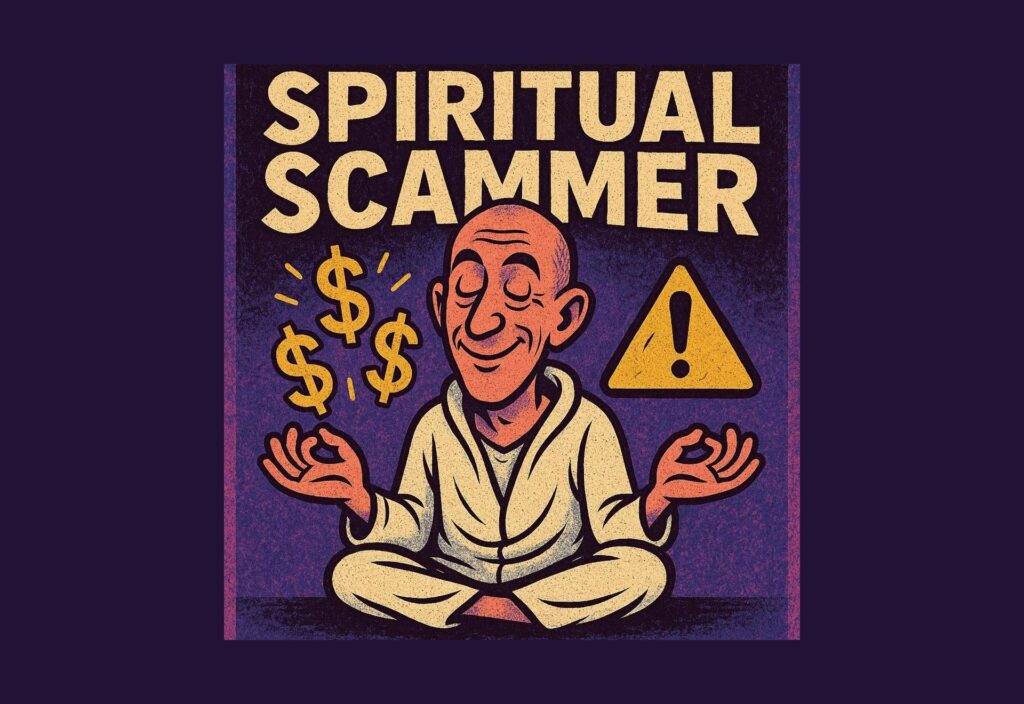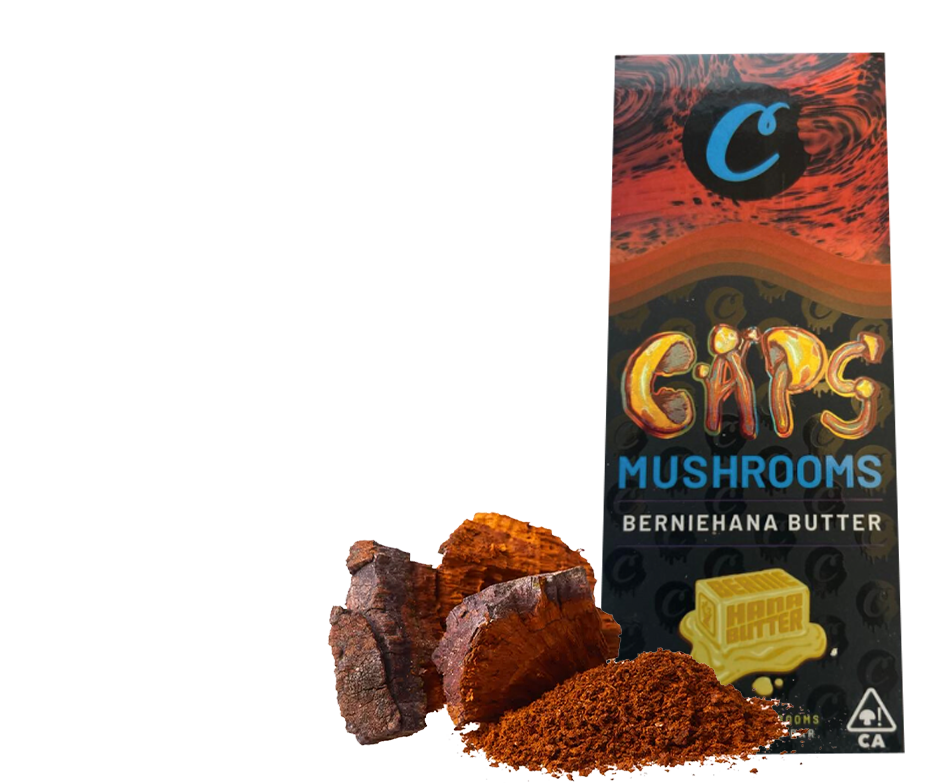The psychedelic renaissance is here. With books like How to Change Your Mind by Michael Pollan, along with an increasing number of scientific studies and corporate initiatives exploring new products, psychedelics have entered mainstream consciousness. Acceptance is growing. Legalization efforts are expanding. Yet despite all these advancements, the largest portion of psychedelic use and practice remains firmly underground.
I want to explore why, despite legalization, medical adoption, and corporate interest, the future of psychedelics may never fully emerge into the mainstream.
Mainstream Limitations
The first limitation lies in the inherent conflict between traditional shamanic approaches to psychedelic healing and the rigid scientific and legal structures of modern medicine.
Western medicine demands rigorous scientific validation, operating on a framework that isolates specific molecules to treat distinct conditions. The idea behind this approach aligns with the broader medical system: identify a problem and fix it with a chemical intervention.
This “silver bullet” model, however, is fundamentally at odds with the holistic, integrative nature of psychedelic healing—one that does not merely target symptoms but works across the full spectrum of human experience: physical, energetic, emotional, mental, and spiritual. The FDA’s stringent requirements force psychedelics into a paradigm that does not accommodate their true effects.
The second limitation stems from the conflict of interest introduced by corporate influence in the health sector. Like any business, pharmaceutical companies require substantial investment to push products through the legal framework of the FDA. Yet no investment is made without the expectation of growth—growth that ultimately fuels the very imbalance that psychedelics aim to address. This presents a deep contradiction: the system attempts to solve a crisis by accelerating the same mechanisms that created it in the first place—an escape run forward.
It is no secret that the pharmaceutical industry profits from the ongoing treatment of conditions rather than their resolution. The industry is structured around the continuous need for medication, ensuring customers keep returning rather than achieving permanent healing. In contrast, psychedelics have the potential to facilitate deep, lasting transformation—rendering the “business model” of indefinite treatment obsolete. This clash between healing and profit-driven sustainability presents an unavoidable tension.
The Limits of Scientific Understanding in Psychedelic Work
At its core, the psychedelic experience transcends the intellect, leading to states of consciousness that defy rational explanation or measurement. While scientific research can help validate their therapeutic potential, over-reliance on research risks reducing these transformative experiences to mere data, potentially missing the deeper, ineffable truths they reveal.
Science operates through the mind—slicing, comparing, measuring. Psychedelic experience, by contrast, exists beyond the mind and resists being neatly categorized, analyzed, or quantified. In fact, the mind is often the main challenge during a psychedelic journey. Many difficult experiences stem from the mind’s resistance to surrender, from its attempts to control or intellectualize what cannot be grasped in familiar terms.
Ultimately, psychedelics ask us to trust and surrender to the process of life. Faith and trust cannot be achieved while seeking proof—because the very search for proof is itself a symptom of distrust. The mind’s need for validation is precisely what prevents it from fully letting go. Yet it is in this surrender, this dissolution of boundaries, that psychedelics offer their most profound gifts.
This is why attempting to force them into a purely scientific framework limits their full potential. Science can offer useful insights, but it cannot fully capture the essence of what psychedelics reveal.

Shamanic Philosophy
Unlike Western medicine, which views conditions as pathologies to be corrected, shamanic traditions see human suffering as a form of misalignment with the greater cosmic order.
For shamans, psychedelics are not “drugs” but sacred tools used to realign the individual with universal balance. In this perspective, healing is not about numbing symptoms so a person can return to an unfulfilling job or a toxic relationship; it is about restoring harmony at all levels.
A shaman would never prescribe a solution that benefits only the individual while neglecting the larger interconnected system. That would make no sense—because to the shaman, the individual is the system. Healing cannot happen in isolation.
A shaman has no interest in sending someone back to the 9-to-5 treadmill, or quieting symptoms so they can remain in a dysfunctional relationship. Symptoms are messages—signals from the greater intelligence of existence, asking the person to return to alignment. A system that sees adaptation to an unhealthy model as a form of health is deeply flawed. As Jiddu Krishnamurti famously said, “It is no measure of health to be well-adjusted to a profoundly sick society.”
Unless legalization, medicalization, and commercialization efforts address the root disconnection that lies at the heart of modern suffering, disconnection with self, disconnection with each other and disconnection with the whole, they will continue to produce more of what we do not want.
That alone would be enough of an argument for why psychedelics will remain underground. But let’s look a little deeper.
Safety and Efficacy: Misconceptions and Realities
The mainstream narrative emphasizes safety, positioning legalized psychedelic therapy as the “responsible” alternative. The unspoken implication here is that underground practitioners are inherently unsafe, lacking the protocols and oversight provided by legal frameworks. But is that actually true?
I recently spoke with several experienced facilitators who had received requests from individuals who had participated in clinical trials of 5-MeO-DMT led by a private company. The research reports published by these companies showed overwhelmingly positive results—at least in the short term, which conveniently helped boost their stock value.
But feeling relief after eight days is not a measure of real healing.
Many participants found themselves destabilized after their experiences, unable to integrate what had happened. It is common for people to feel a temporary sense of relief following a psychedelic journey—yet without addressing the deeper structural changes needed, that relief does not always last. The clinical trials failed to offer sufficient long-term support, leaving individuals disoriented and seeking underground practitioners to help them process and integrate their experiences.
The irony? These individuals turned to the very underground scene that legalization aims to discredit.

Corporate Interests and the Commodification of the Sacred
My personal encounters with corporate involvement in the psychedelic space have only reinforced my skepticism.
I was once invited to train medical professionals for a corporate-led research initiative on 5-MeO-DMT. During our initial discussion, I was given an outline of the training structure: it was to be completed in just a few hours, and it was targeted toward medical personnel (nurses and MDs) who had no prior experience with psychedelic work—nor any background in spiritual practice or psychology.
I refused to participate.
How can anyone be expected to hold space for the ineffable depth of the psychedelic experience without the wisdom or training to do so? The entire framework was built on a superficial, corporate-driven agenda, completely missing the point of what true psychedelic work requires. This experience only reaffirmed my conviction that true healing in this space cannot be packaged, commodified, or mass-produced.
The Rise of Licensing Programs
Looking at places like Oregon and Colorado, where certain psychedelics have been legalized, we see the emergence of new licensing programs for facilitators. But who is attending these programs?
If you are already a seasoned practitioner with decades of experience, you are unlikely to spend the time and money on a certification program where you will learn very little. These programs are instead filling up with young individuals who have limited exposure to psychedelics.
In contrast, the experienced facilitators I know are in their forties, fifties, and sixties, with decades of deep spiritual practice, psychology studies, and expertise in human transformation. This is not knowledge you can acquire in a one-year licensing program.
What will happen? Tomorrow’s market will be filled with young, inexperienced, yet “licensed” facilitators, while deeply experienced but unlicensed practitioners will continue working underground. Which one do you think I will recommend to my clients?

Staying Safe in the Underground
Does this mean all underground practitioners are safe? Certainly not. If you are seeking an underground facilitator, here’s what I recommend:
- Depth of experience: Look for someone with decades of practice, not just a few years.
- Focus: Someone who specializes in one medicine rather than offering many is likely more experienced.
- Full-time commitment: You wouldn’t trust a surgeon who operates on the side. The same applies here.
- Community ties: Facilitators rooted in their community are more likely to provide post-experience integration.
- Peer review: Choose someone whose reputation is respected among other facilitators, not just among clients.
Conclusion
The deepest, most transformative work with psychedelics will continue to thrive underground, protected by those who respect its sacred nature.
While mainstream acceptance grows, legal frameworks and corporate interests will inherently limit what these substances can truly offer. The underground will remain the refuge where the essence of psychedelic healing is preserved.















